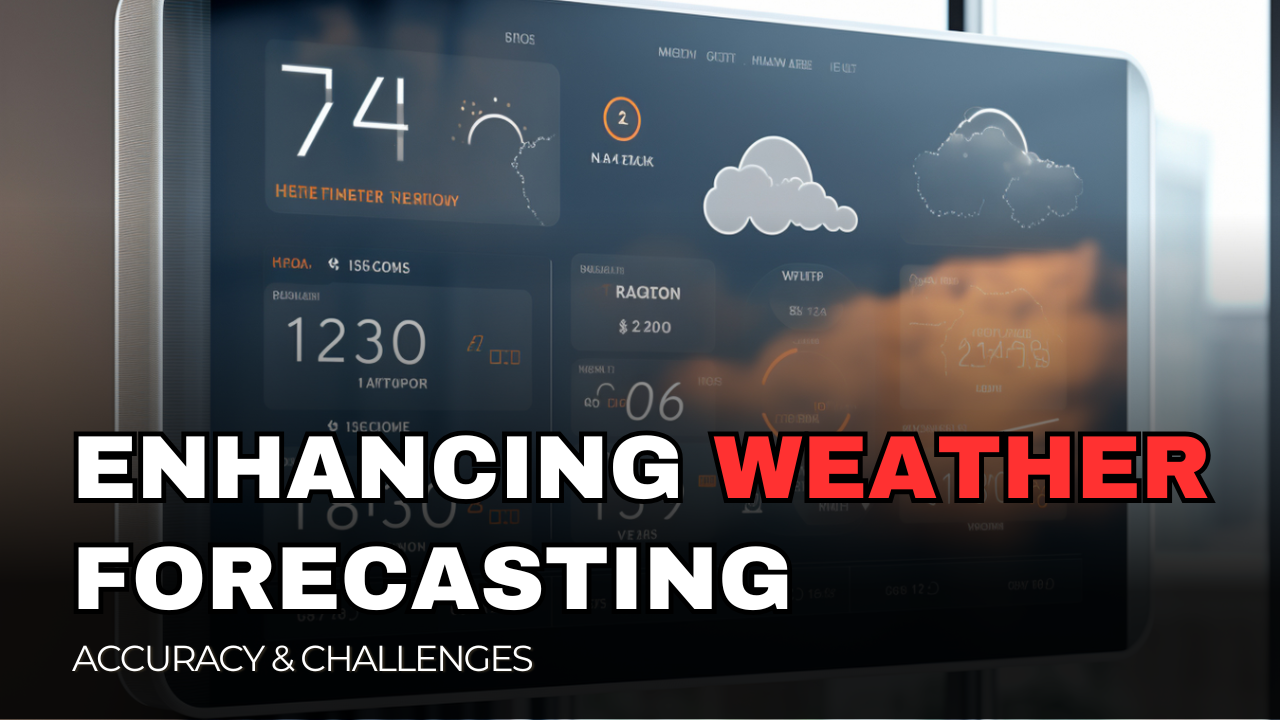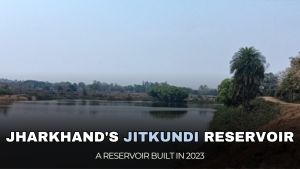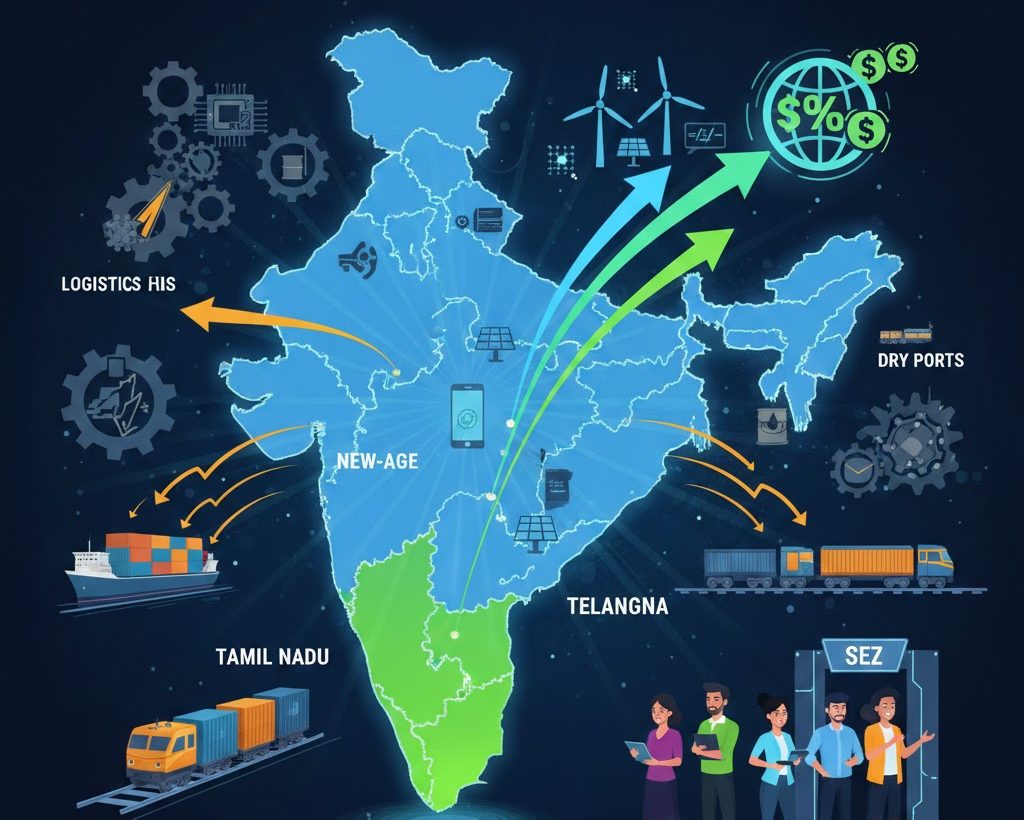Enhancing Weather Forecasting
More on News
- This advancement aims to improve weather predictions at the panchayat level, offering farmers more precise and localised forecasts.
- “Currently, we provide panchayat-level forecasting, but it is based on models run at the block level. To achieve better accuracy at the panchayat level, we need to increase the model’s resolution,” said Mrutyunjay Mohapatra, Director General (Meteorology) at IMD.
Expanding Forecasting Coverage and Accuracy
- Investments: IMD is making significant investments in upgrading its infrastructure, including the installation of radars, automated weather stations, wind profilers, and other instruments.
- At present, weather forecasts are generated every 12 km.
- The introduction of the new model will improve this resolution to every 6 km, allowing for the detection of localised weather patterns with greater accuracy.
- Grid Model: The grid point forecast model operates using a network of points distributed across India, with the spacing between these points determining the model’s resolution.
- Enhancing the grid resolution will enable IMD to provide more detailed weather insights, which is crucial for timely agricultural and disaster preparedness interventions.
IMD
The India Meteorological Department (IMD) is the principal agency of the Government of India responsible for meteorological observations, weather forecasting, and seismology. Established on January 15, 1875, IMD operates under the Ministry of Earth Sciences and is headquartered in New Delhi at Mausam Bhavan. IMD is headed by the Director General of Meteorology, currently Mrutyunjay Mohapatra. The organisation includes six Regional Meteorological Centres located in Chennai, Guwahati, Kolkata, Mumbai, Nagpur, and New Delhi, which are further supported by numerous Meteorological Centres across state capitals. In January 2016, IMD launched the System of Aerosol Monitoring and Research (SAMAR) to study aerosol concentration and its climatological impacts. This initiative reflects IMD’s commitment to addressing environmental challenges through scientific research.
Expansion of Doppler Radar Network and AI Integration
- To further improve accuracy, IMD is expanding its Doppler weather radar network and integrating artificial intelligence (AI) and machine learning (ML) technologies into its forecasting processes.
- This expanded radar network will not only enhance the ability to track extreme weather events but also introduce redundancy—ensuring that if one radar fails, another can compensate.
- Each radar installation costs between ₹10-20 crore, underscoring the scale of investment in improving weather forecasting capabilities.
Impact on Agriculture and Climate Resilience
- Timely and accurate weather intelligence can be a game-changer for small farmers.
- By leveraging AI and ML models built on IMD data, the forecasts will be translated into meaningful, crop-specific decisions for farmers.
- This helps reduce weather-related risks, improve yield resilience, and ensure that interventions such as pest control and irrigation are better timed and informed.
- As climate change intensifies, weather forecasting becomes increasingly challenging, with localised extreme weather events becoming more frequent.
With advancements in high-resolution modelling, expanded radar coverage, and AI-driven forecasting, IMD is poised to provide more precise and reliable weather predictions. These efforts will significantly benefit sectors such as agriculture, disaster management, and climate resilience, ultimately improving preparedness and response across India.
Subscribe to our Youtube Channel for more Valuable Content – TheStudyias
Download the App to Subscribe to our Courses – Thestudyias
The Source’s Authority and Ownership of the Article is Claimed By THE STUDY IAS BY MANIKANT SINGH




